Stories
WORLD
1989-
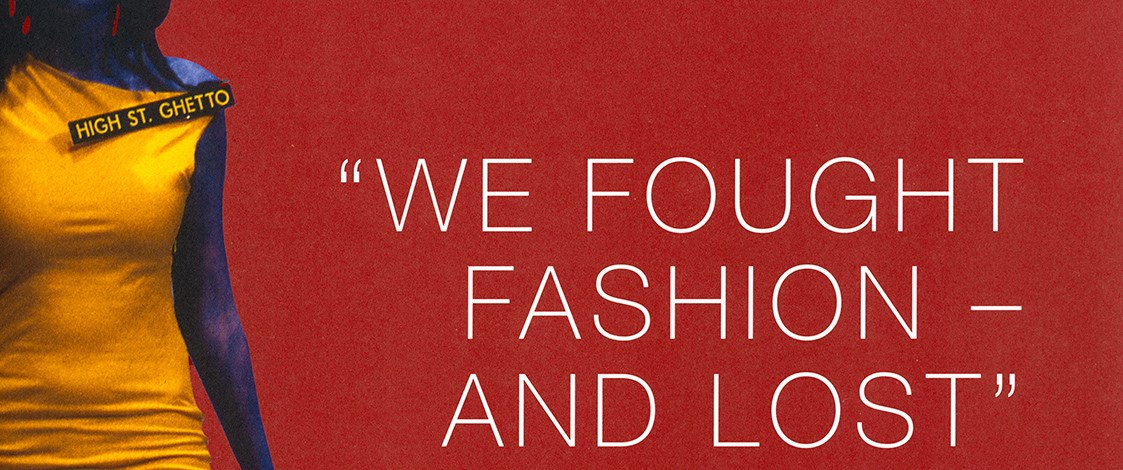
WORLD: the Factory of Ideas and Experiments, began simply with an idea during a late night chat in a bus stop.
It was 1989, and Francis Hooper and Denise L’Estrange-Corbet were working in fashion retail jobs in Auckland. They had recently returned to New Zealand from London where Denise trained at the London College of Fashion and Francis worked for John Galliano, Rei Kawakubo (Comme des Garcons) and Kansai Yamamoto.
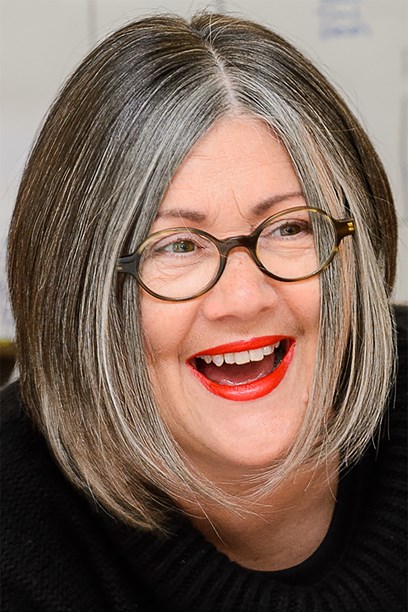
Denise was the first female New Zealand fashion designer to be awarded the title of MNZM for her contribution to the New Zealand fashion industry.
The pair were also involved in Auckland’s music scene. Francis worked as a DJ at 95bFM (then known as Campus Radio) and together they organised a series of dance parties that brought together the nightclub and fashion worlds.
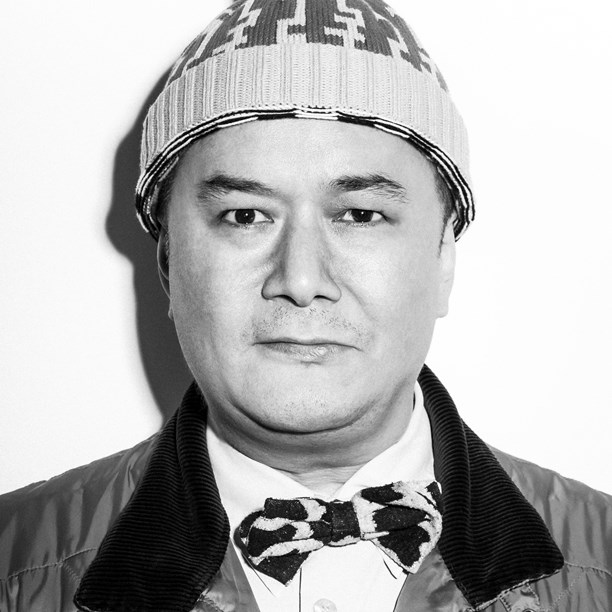
Francis Hooper's early involvement in Auckland's nightclub scene has influenced World's shows.
It wasn’t long before they opened WORLD boutique - a tiny space in Auckland’s Century Arcade at 5 High Street. They sold hats and t-shirts printed with their own slogans, and also stocked pieces by local designers and jewellers, including some early designs by Karen Walker.
By 1990, the t-shirts were selling out so Denise and Francis moved to a larger space nearby at 18a High Street. They expanded their range to include brightly coloured denim. Most of their designs were unisex; the menswear was labelled as WorldMan. World designs were also stocked by Plume in Dunedin.
WORLD increased its exposure to mainstream New Zealand when they won the Avant-Garde section of the 1995 Benson & Hedges Fashion Design Awards. The winning design, '21st century origami dress', was a dramatic yet simple garment cut from two pieces of card.
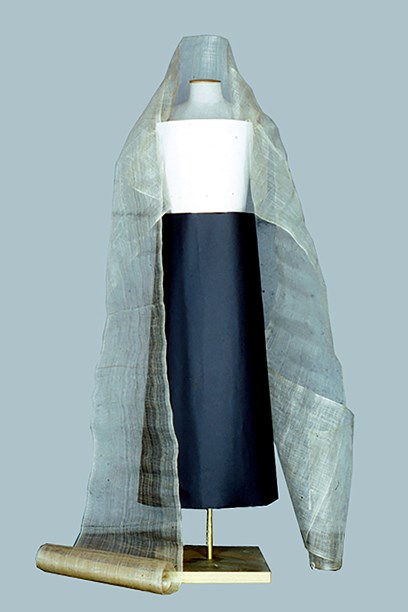
World's 21st century origami dress won the Avant-Garde section of the 1995 Benson & Hedges Fashion Design Awards.
In 1997 WORLD was one of four New Zealand labels - with Zambesi, Wallace Rose and Moontide - invited to Australian Fashion Week. The show was a success, capturing the attention of the Italian Vogue editor, Anna Piaggi.
But it was London Fashion Week that launched WORLD onto the international stage. In 1999, supported by Trade New Zealand and Wools of New Zealand, WORLD, Zambesi, NOM*d and Karen Walker (dubbed by the media as the 'New Zealand Four') were invited to participate. World presented their futuristic collection '2525'. With the other New Zealand designers, they showed their collections, conducted a few interviews and expected nothing more.
Denise spoke to Auckland Museum in 2013 about the experience. She and Francis were at a cocktail party for the New Zealand designers when they were approached by the Head Buyer of Women’s Designer Fashion brands at Selfridges. "We had no idea who she was, and she said 'Hi, are you WORLD? I want to buy your entire collection for Selfridges, has anyone else bought it yet?' At first we thought she was joking! She was relieved she was the first department store to nab us, and we were gobsmacked."
Two years later, New Zealand's inaugural Fashion Week took place. The WORLD show received much acclaim and, the following year, Denise was the first female New Zealand fashion designer to be awarded the title of MNZM for her contribution to the New Zealand fashion industry.
It was this contribution that led to an Auckland Museum exhibition of the WORLD label from 1989 to 2005. We Fought Fashion - And Lost was the first exhibition to focus on the work of a New Zealand fashion house.
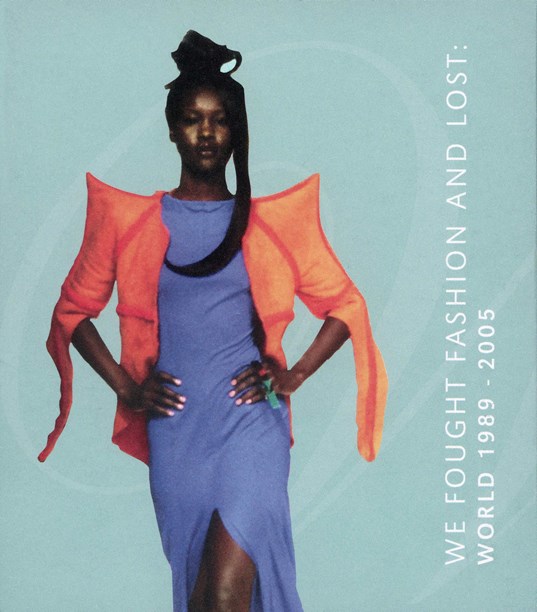
Page from the catalogue for the Auckland Museum exhibition, We Fought Fashion - And Lost.
Curator Dr Peter Shand describes WORLD as the country's most avant-garde fashion label. In the exhibition catalogue he noted that WORLD is quintessentially interested in change. "Contrary to the idea of merely being avant-garde, WORLD lacks a house style as such. Their work is characterised by the fluidity of their ideas and that they are prepared to take a risk when showing garments, even if that means being seen to fail in such a public arena as the runway show has become."
However, the flamboyance and theatricality of their runway shows has always been an essential part of WORLD fashion. The label’s return to New Zealand Fashion Week in 2016 after a five year break was eagerly anticipated, and their show received rave reviews. The feeling was mutual - WORLD’s Benny Castles said the team loved the experience of the "alive and bustling" event.
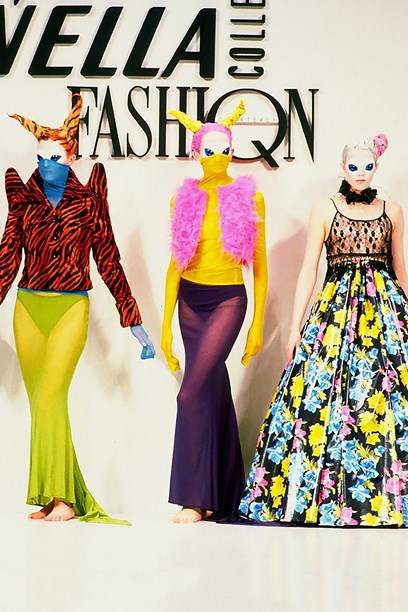
World shows are known for their theatrical elements.
Benny joined Denise and Francis as director and partner of WORLD in 2008. He describes WORLD’s creative process as open, fun and experimental. "We enjoy challenging ourselves and within our team we have talented and thoughtful creatives who enjoy pushing the boundaries. Inspiration can come from anywhere, so never is a day dull or repetitive."
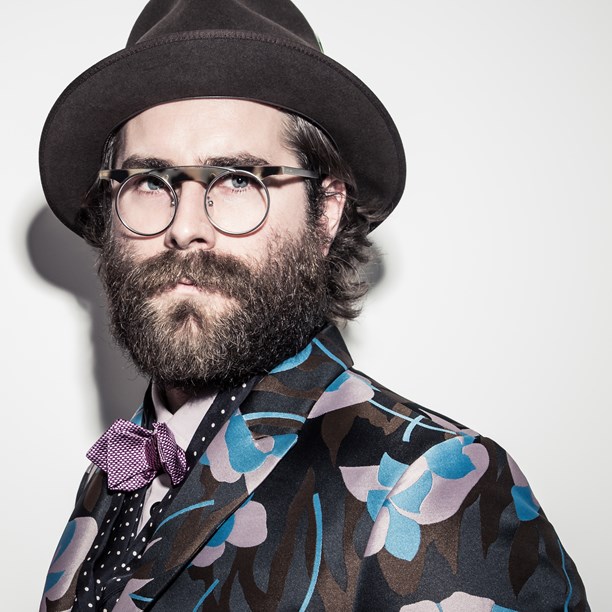
Benny Castles joined Denise and Francis as director and partner of World in 2008.
Denise echoes his sentiment. "I want to be inspired, regenerated, enthralled, mystified, drawn in, elated, flummoxed, all at the same time, which is how people feel when they attend a WORLD show. They want to see more, they want to know how you did what you did, and complain the show was too quick."
As the label heads towards its 30th birthday in 2019, Benny acknowledges that perhaps the brand has grown up. "Many of our customers have grown up too, but that doesn't mean we can't still have fun with fashion."
With WORLD opening their sixth store in Queenstown in 2016, the 'Factory of Ideas and Experiments' continues their path of sustainable development and evolution. Denise explains "I want WORLD to leave its mark in the history books of New Zealand fashion, as the most experimental and boundary-pushing brand of its time - it has limitless possibilities."
Text by Kelly Dix. Banner image 'We Fought Fashion - And Lost' exhibition catalogue. Image © Auckland War Memorial Museum Tāmaki Paenga Hira.
Last published September 2016.